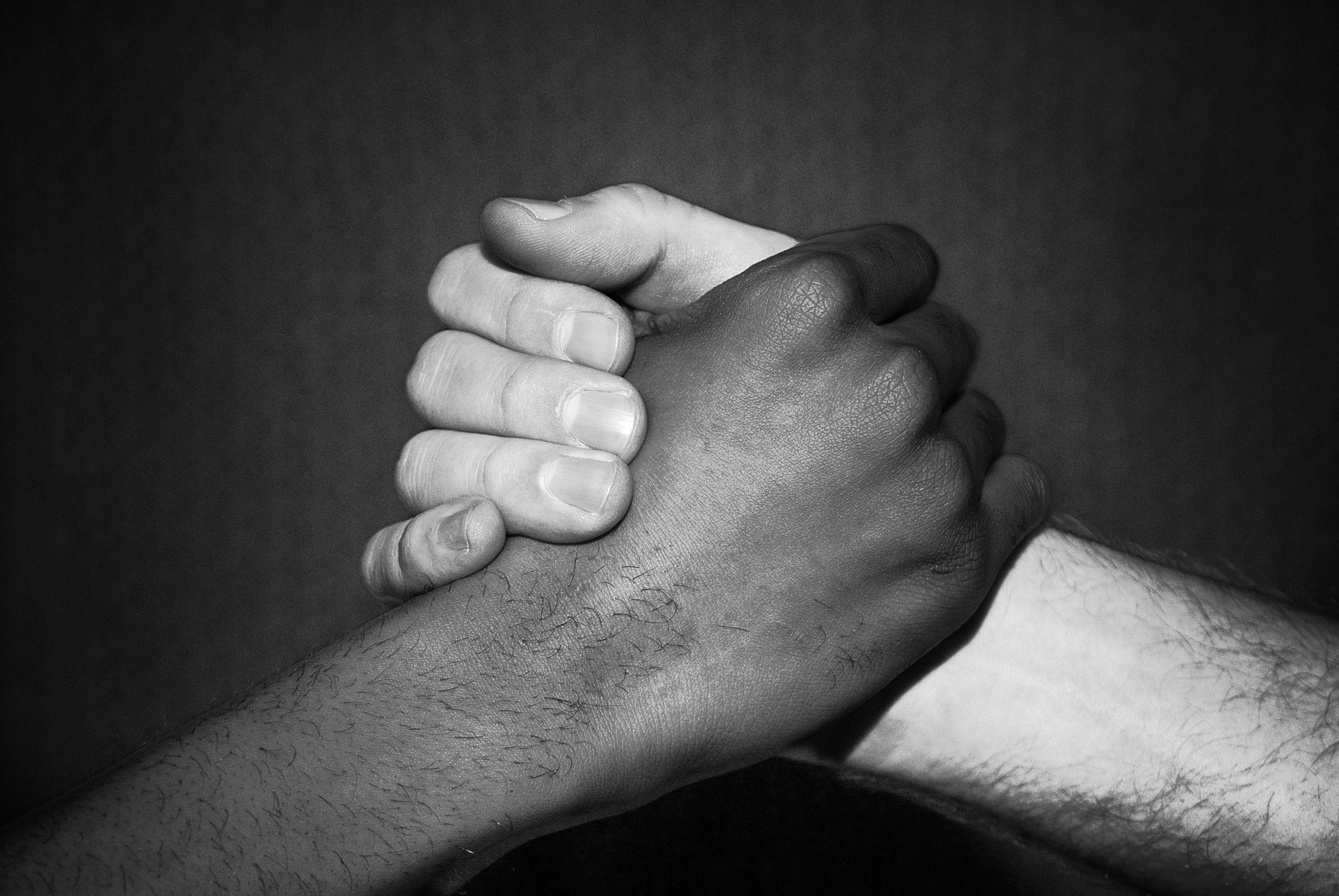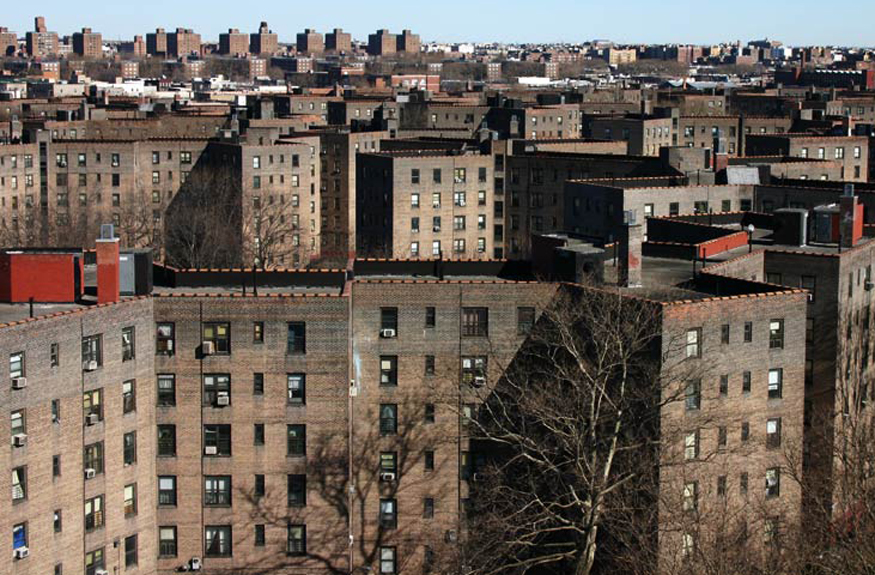Good For Your Tastebuds Even Better For The Community
It’s obvious that we all have a number of favorite restaurants, weather they are local or a food chain, they all make our tastebuds go crazy. People may argue that having franchises is bad for the city because they give nothing back to the community, and only take from locals. Besides from providing jobs and attracting people, franchises like Applebee’s International, Inc. changes the local’s attitude towards franchises in their cities.
Original slogan "eating good in the neighborhood."
The famous Applebee’s chain began in 1980 in Decatur, Georgia, by Bill and T. J. Palmer. The name was changed to Applebee's Neighborhood Grill & Bar in 1986 to reflect the original idea of making people feel like it was their friendly neighborhood bar and grill. For all their success, Applebee’s began to say “thank you” to all its customers by making a difference in the communities in which they operated. Last year alone, Applebee’s employees donated more than 54,000 hours of community hours. The franchisees host fundraisers world wide like Alex's Lemonade Stand, Make-A-Wish Foundation and The V Foundation for Cancer Research. Not only do they help big causes but they help with local causes as well. Such as, at Eisenhower Middle School 5th graders were unable to get a yearbook but Applebee’s reacted quickly and gave the school money for yearbooks. Applebee’s has many programs to help school’s and non-profit organizations raise money for the community.
 Giving back to the community and raising money for causes is just the tip of the iceberg for Applebee’s. Not only do they care about their neighborhoods, but about being environmentally friendly. As an example to become environmentally friendly, Applebee’s support center in Kansas is a LEED certified building that in the last 2 years has recycled over 49 tons of waste paper, which is equal to 342,000 gallons of water saved and 831 trees. In 2010, the franchise launched the “green Initiatives” which required all its stores world wide to update in order to save energy and resources. They changed water faucets that reduce water usage, solar reflective windows, and much more.
Giving back to the community and raising money for causes is just the tip of the iceberg for Applebee’s. Not only do they care about their neighborhoods, but about being environmentally friendly. As an example to become environmentally friendly, Applebee’s support center in Kansas is a LEED certified building that in the last 2 years has recycled over 49 tons of waste paper, which is equal to 342,000 gallons of water saved and 831 trees. In 2010, the franchise launched the “green Initiatives” which required all its stores world wide to update in order to save energy and resources. They changed water faucets that reduce water usage, solar reflective windows, and much more.
Every time someone eats at Applebee’s not only are they having a good meal but they are doing good for the community. Restaurants like Applebee’s are a great example of what a franchise should do to help out the community. Even though it takes away culture from the city, it gives back more to locals in the community and the environment. Franchises should follow Applebee’s example of community in order to not only become popular but to be wanted by the community. Applebee's makes a better city by giving jobs, helping the environment and the community.














